


Utah offers a diverse and exciting range of big game hunting opportunities, making it a top destination for hunters. The state is particularly famous for its trophy mule deer and elk; however, Utah also boasts exceptional hunting experiences for antelope, desert, and Rocky Mountain bighorn sheep, Shiras moose, Rocky Mountain goat, and more.
For most species, hunters must participate in a draw system that relies on bonus or preference points. These points accumulate over time and increase your chances of securing a coveted tag. While some over-the-counter tags are available for specific hunts, the majority of opportunities require entering a lottery.
Before applying, it's essential to understand the state's draw and point system thoroughly. By carefully planning and strategically using your points, you can enhance your chances of drawing a tag and experiencing Utah's renowned hunting adventures.
Utah utilizes two points systems for its draw: bonus and preference points. Bonus points are used for limited entry and once-in-a-lifetime applications, and preference points are used for the general season buck deer and antlerless hunts.
For the bonus point drawings, which include limited entry and once-in-a-lifetime applications, tags will be split where 50% of the tags will go to the highest points holders, and the remaining 50% will be drawn at random based on your bonus point total. Bonus points are accrued each year an applicant is unsuccessful or if an applicant simply chooses to apply for a point only on their application. Points will be removed from your account once a tag is drawn.
If only one nonresident tag is available, it will be drawn randomly.
For the preference point drawings, which include general season buck deer and antlerless hunts, tags are only awarded to the applicants with the most points for each hunt. Preference points are accrued each year an applicant is unsuccessful or if an applicant simply chooses to apply for a point only on their application. Points will be removed from your account once a tag is drawn.
For all drawings in Utah, nonresident applicants are granted 10% of the tag quota for a given hunt. Nonresident applicants are placed into their own drawing pool and do not compete against residents in the draw.
Utah allows each applicant to select two hunt choices on his or her application. All first-choice applications are considered before any second-choice selections are. Generally speaking, it is rare to see tags drawn as a second choice.
Up to four people can apply together as a group. To apply as a group, one member of the group must submit an initial application. They will receive a group code for each species once they submit the application. The group code will be found on the confirmation page and in their confirmation email. If you have a group code and want to join a group application, log into the application and select "Join Group" on the species selection page. If you enter the draw as a group, then you are all entered on the same application. This means that once the application is drawn, everyone in the group will receive a permit and, conversely, no one will draw if that single application is not selected.
If you enter the drawing as a group, each member of the group will have their points added, averaged, and rounded down. For example, if two hunters are applying as a group and one member has seven bonus points and the other member has two. Their points will be averaged (4.5) and then rounded down to four.
Residents and nonresidents can apply together in a group; however, some hunts may not have enough nonresident permits for your group size, which could make your group unsuccessful in the drawing. You will need to ensure that the hunt you are applying for has enough tags available for all residencies and party members.
Learn more information about hunting applications, draw systems, hunt regulations, tag allocations, and more in our State Profile sections:
This article was originally published on September 18, 2024, and has been updated with more information.